OSRAM Lighting accessories
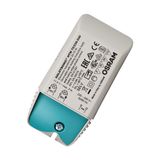
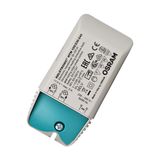
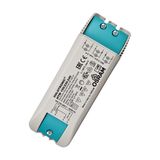
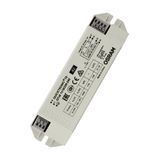
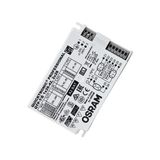
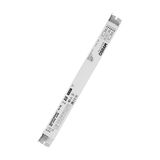




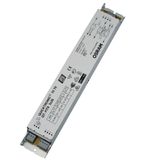
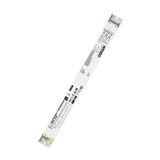
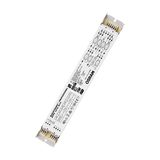
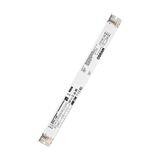
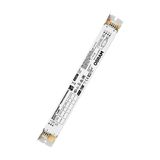
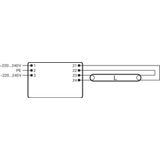
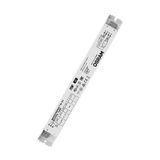

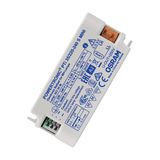
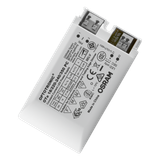
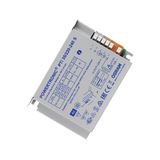

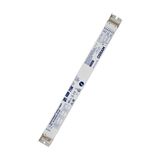

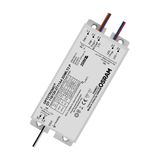
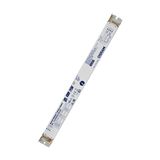


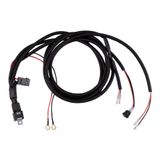
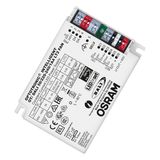

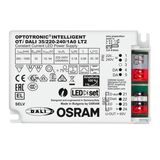


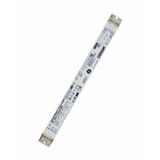
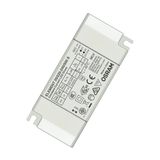
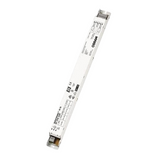
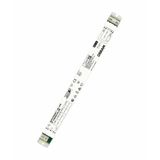
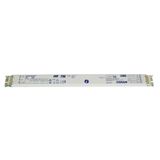
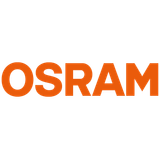
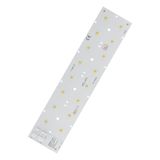
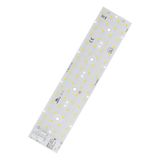
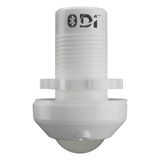

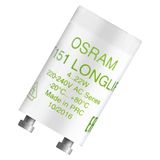
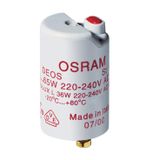
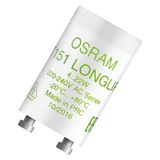
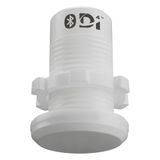
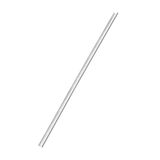
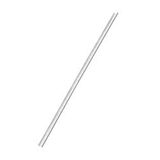

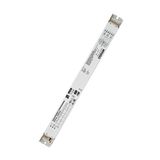
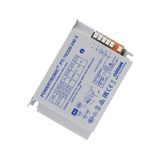




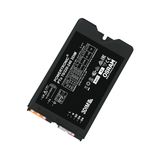


OSRAM lighting accessories cover the practical bits that make luminaires work reliably in the field: mounting kits, socket adapters, covers/diffusers, seals, wiring sets, and small hardware. For a procurement engineer, these items decide installation time, IP integrity, thermal stability, and service access — not just aesthetics.
OSRAM Mounting and Suspension Hardware
OSRAM mounting kits include brackets, ceiling plates, suspension wires/rods, and clamp sets for track, surface, and pendant installations.
Key points:
- Mechanical load: verify bracket SWL vs fixture mass with 1.5–2× safety margin.
- Geometry: hole spacing must match the luminaire backplate; avoid slot/bolt mismatch that forces field drilling.
- Anti-vibration: lock washers or thread-lock where machinery or HVAC vibration is present
Lighting system configurations often mix components from several manufacturers to keep projects flexible and serviceable. Industrial and control environments frequently use phoenix contact lighting accessories, while commercial contractors rely on proven options from philips lighting accessories to maintain consistent quality. For budget-stable builds and large rollouts, teams often include items from patron lighting accessories, while designers working on interiors integrate aesthetic elements from nowodworski lighting accessories. When long-term electrical reliability is critical, engineers finalize the specification with high-stability components from mean well lighting accessories.
OSRAM Lampholders and Socket Adapters
OSRAM socket adapters and lampholders (E27/E14, GU10, G9, G13, etc.) solve base mismatch and retrofit constraints.
What matters:
- Temperature class: check T-rating at the lampholder (LED drivers can heat the cap).
- Contact material: tinned brass or nickel for corrosion resistance in humid sites.
- Creepage/clearance: respect IEC spacing when adapters increase stack height.
- Locking retention: twist-lock or spring-clip styles reduce accidental release during maintenance.
OSRAM Covers, Lenses and Diffusers
OSRAM covers and diffusers (PC, PMMA, tempered glass) control glare, beam shape, and impact resistance.
Selection logic:
- Material: PC for impact and IK protection; PMMA for higher optical clarity; glass for chemical/UV resistance.
- Transmission vs UGR: high-transmission micro-prismatic diffusers balance efficiency and visual comfort.
- IP continuity: gasketed frames keep IP54–IP65; any cover swap must preserve the seal compression.
- Cleanability: choose smooth finishes where frequent wipe-downs are required (food, healthcare).
OSRAM Wiring, Seals and Thermal Interfaces
Accessory looms, grommets, glands, and thermal pads keep the system compliant and cool.
- Cable glands: select thread (M16–M25), clamping range, and strain relief; maintain shield continuity for EMC.
- Gaskets/O-rings: EPDM or silicone depending on temperature and sanitizing chemicals.
- Thermal pads/paste: ensure LED boards or retrofit modules maintain case temperature (Tc) within spec; check pad thickness and conductivity.
- Earthing straps: mandatory on metal covers/brackets; verify continuity after assembly
OSRAM Selection Parameters and Standards
- Ingress protection: IP20 for dry interiors; IP54–IP65 for dust/splash zones (IEC 60529).
- Glow-wire / flammability: housings to meet GW 650–850 °C or UL94 V-0 where required.
- Temperature range: –20…+50 °C typical; confirm for enclosures with poor convection.
- Impact rating: IK07–IK10 for public/industrial areas.
- Electrical interfaces: bases and lampholders per IEC 60061; connector polarity and PE continuity validated.
- Photobiological/EMC context: accessories must not compromise IEC 60598/EN 62471 and EN 61326 when shielding is used.
Why it matters: if a replacement diffuser lowers airflow, LED junction temp rises and L70 drops early; if a socket adapter increases stack height, creepage distances can fail audit.
OSRAM Practical Comparison: Plastic vs Metal, Clip vs Screw
Option | When to choose | Watch-outs |
| Plastic brackets/canopies | Light fixtures, corrosion-prone interiors | Lower thermal tolerance; check UV stability |
| Metal brackets (steel/Al) | Industrial/heavy fixtures, vibration | Protect against galvanic corrosion; add lock washers |
| Clip-on diffusers | Fast service, indoor IP20–IP40 | Ensure clip retention under thermal cycling |
| Screw-fixed frames | IP54–IP65, outdoor or dusty | Maintain gasket compression; torque evenly |
| Socket adapters | Rapid retrofit without rewiring | Verify temp class and creepage/clearance |
OSRAM Buyer Checklist and Typical Errors
Checklist
- Mounting load & hole pattern confirmed against luminaire datasheet.
- IP rating preserved after accessory change (gasket, gland, cover).
- Temperature and material compatibility (PC/PMMA/glass; EPDM/silicone).
- Base/socket match with thermal class at cap (especially GU10/G9)
- EMC/shield continuity where screened cabling enters via glands.
- Documentation package: conformity, material specs, assembly notes.
Typical errors
- Using office-grade canopies on heavy industrial fittings → creep or drop risk.
- Swapping to a clear lens in glare-sensitive areas → fails UGR targets
- Ading adapters that push lamp too close to diffuser → hotspotting and shortened life.
- Breaking IP by reusing a compressed gasket or wrong gland size.
OSRAM Compatibility and Retrofit Notes
OSRAM accessories are designed around standard bases, rails, and thread forms, so they integrate cleanly with OSRAM luminaires and most third-party housings that follow IEC geometry. For retrofits, keep the original optical height and airflow path; if you change a cover type, re-validate lux and thermal points on site. In mixed fleets, maintain a parts matrix (bracket code, diffuser code, gland size) to prevent assembly errors.
Why Choose Bank of Lamps for OSRAM Lighting Accessories
- EU warehouse in Latvia with frequent dispatches across Europe — reduces lead times on OSRAM brackets, adapters, covers, and small parts.
- Audit-ready documents (CE/EAC, material and IP data) supplied with each item.
- Cross-reference assistance to map legacy brackets, lampholders, and diffusers to current OSRAM codes.
Consolidated B2B supply — luminaires, drivers, and accessories under one PO to cut freight and admin.